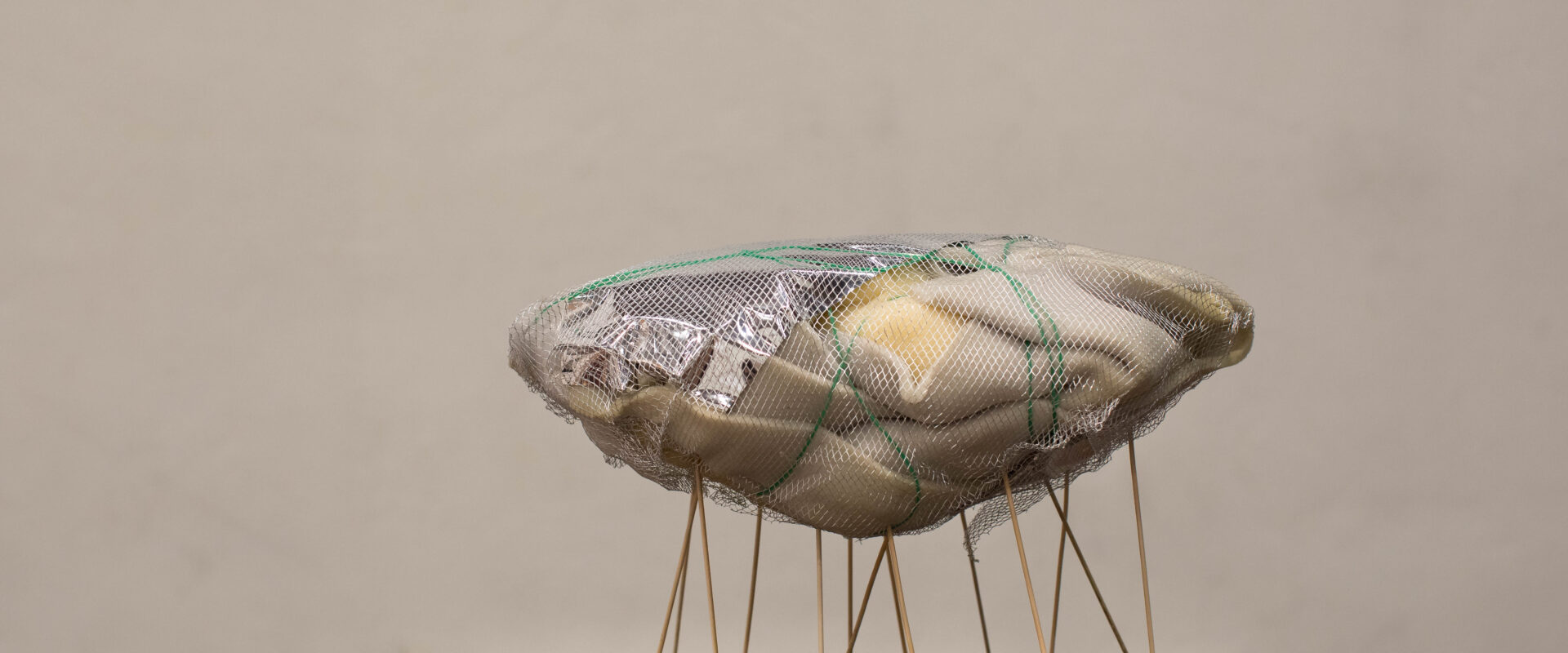 Program
Program
RR Imaginary = the Real | Social Imaginations & Fictional Institutions

“To imagine something is already to start a process;
to acknowledge the limitations of a situation
and at the same time to initiate a change.”
-Marie Nerland
The imaginary, we generally tend to understand as something fictional, as fantasies and images of the mind, that are rather opposite of reality. For the Greek philosopher Cornelius Castoriadis however: ‘The imaginary is precisely the source of everything we understand as reality.’* The imaginary is the real. Following this line of thinking, he argued that also our conception of society and its institutional standards are based on fictions. This he called the Social Imaginary (S.I.).
In the midst of economical, political, ecological crisis, more and more people realise that the systems, structures and handrails – we invented to organise, to institute, to work, to live – don’t function anymore in the way they once did. We become conscious of these fading blueprints and start to wonder how to change or ‘update’ them. At the same time, though, we are aware of the severe crisis of imagination within neoliberal contexts. In this frame, how can we approach the established social imaginary of today and how can we work towards the emergence of alternative imaginaries?
During RR Imaginary = the Real we dive into this idea of the Social Imaginary, reading texts from philosophers Cornelius Castoriadis and Charles Taylor, and more recent pieces from the Imaginary Reader (eds. Marie Nerland) that revives the notion of the S.I. in today’s context, by a.o. Bojana Cevic & Ana Vujanovic and Ingerid S. Straume.
From there we zoom in onto the question of how we can use our imagination as an ability – Castoriadis saw this as our main skill – to create other institutional forms. Art is a perfect place for this we’d say. But, ís art still constitutive for social imagination, as Bojana Kunst asks? What roles can art – including the imaginative effort of spectators – play (again)? And how can it be a source for art-institutions to re-imagine their very own structures to begin with?
As our guide: the relatively young discourse on (fictional) institutions, by Bojana Kunst, Daniel Blanga Gubba & Livia Andrea Piazza, BadCo, Steven ten Thije, the archive of The Fantastic Institution conference at BUDA (2017) and more. But, as many things are easier said then done, let us also look into concrete examples of instituting as a practice, as a way of doing and organising. A first case study to look at right under our feet could be the 100 Day House itself. Transforming Veem House of Performance into the 100 Day House meant and means unavoidable changes, and challenges the way of organising the house and everything related to it.
Danae Theodoridou, artist and researcher undertaking a long term project on the subject of S.I., kicks off the first session with us and proposes several texts and directions after which the group continues together.
*Marie Nerland in Imaginary Reader
4 oktober 2017
19:30
18 oktober 2017
19:30
1 november 2017
19:30
15 november 2017
19:30
29 november 2017
19:30
13 december 2017
19:30
Guest: Danae Theodoriou
Developed by Nienke Scholts & Andrea Rogolino
Questions? andrea@veem.house
Photo: © David Cenzer | MOHA – scale model The Roof
